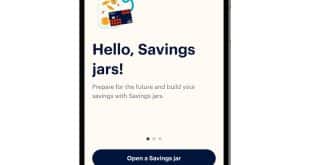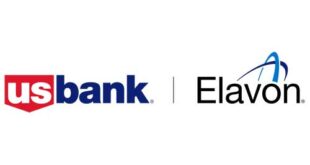Payments 3.0
This issue inaugurates the Payments 3.0 Fearless Forecast. The expectations discussed here represent a distillation of insights gathered from banks, merchants, card schemes, startups, regulators, and consumers, distilled by 30 years of seeing new payments systems come and go.
Apple Pay: 2015 will be the year for Apple Pay’s launch being either a runaway success or the beginning of a long slog. It will be not be the year it peaks, but the year in which it must show it can move merchants to install NFC if it is to get past the one part of the chicken-and-egg dynamic that it hasn’t yet managed to co-opt or buy-in.
Near-Field Communication: The twin of the Apple Pay story this year will be the rate at which major merchants ramp up installation of NFC in the U.S. If a merchant-owned system doesn’t seem to be getting off the ground in 2015, the pressure from Apple Pay’s legion of near fanatic—and high-spending—supporters may well become irresistible.
Blockchain/Cryptocurrency: While some mirrored ledger-based systems will continue to be held back by the seemingly ceaseless news stories of their being used for nefarious purposes, others could rescue the concept by launching with solid bank partners and introducing such trust-building functionality as levels of anonymity based on use cases.
What’s still missing is a major player with a shared-ledger architecture but using specie currencies for the transactions. Many feel that as long as the business model seems to be based on the cashing out of the inventor’s reserved hoard of the operative “currency,” investors will shy away and regulators will watch closely. But 2015 just might be the year a shared-ledger architecture tied to a non-speculative business model brings the blockchain concept into the mainstream.
Automated Clearing House: An easy prediction. We won’t see ACH-based “faster payments” in 2015. It is possible we will see agreement on a detailed enough model for large-scale planning to start. The needed granularity of business-case development has not yet been done by all of the required players (including the banks). That which has been done treats only a handful of use cases in the level of detail needed to understand the economics of “faster.”
Watch for clever approaches to faster ACH piloted in Europe, Australia, and Latin America beginning to look seriously at moving into the U.S. market.
Check: Checks will continue declining at around 7% per year, but will continue to make up close to 15% of non-wire transactions by volume and close to 33% by value. Remote deposit capture will grow faster than checks decline and will be profitable for financial institutions that got in early.
Cash: The only people not surprised by the conclusion of the San Francisco Federal Reserve’s study that cash is used for 40% of all consumer transactions are merchants, who would have the most to gain from seeing cash use decline, but who also are the most aware that it isn’t declining.
The overwhelming majority of wallets continue to be stuffed with plastic cards and paper specie, not with the cryptocoins or other new payments tools that would truly replace cash. Until something comes along with all the features of cash—the most important of which are trusted government backing, instantaneous settlement, and ease of use for small-value payments—cash will continue to make up around two-fifths of all consumer payments in the U.S.
Cards: Having invented the most widely used payment medium by volume and the third-highest in transaction value, and having profited from it for 30 years, the credit card heavyweights (a category indicative of the major banks as much as or more than the brand schemes and processors) will do anything but rest on their laurels this year. Investment will go into EMV chip cards and/or tokenization, as well as NFC.
The really exciting innovation, however, may come from merchants, especially grocers and others whose thin operating margins make every mil reduction in the cost and elapsed time of a transaction more important to them than to others who have more margin to absorb transaction costs and slow-moving lines. There will be a shakeout among the mobile point-of-sale vendors as a handful of the strongest build both numbers of merchants and transaction volume.
Next year, we will return to see how this year’s list fared as well as to forecast 2016. Suggestions for categories of payment to be included are welcomed.
-George Warfel • george.warfel@edgardunn.com






